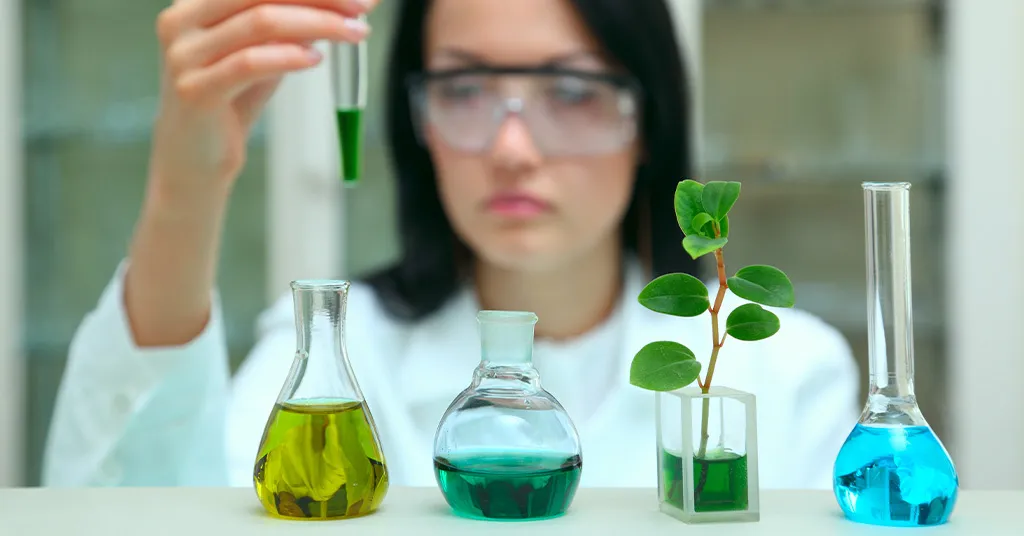
Demand for natural flavor ingredients has increased steadily for years. Today’s consumers have high expectations regarding quality, natural ingredients. Interest in natural flavors has outpaced consumer – and industry – understanding.
Understanding the core definition, changing regulations and technical opportunities around natural flavor ingredients can help suppliers and manufacturers leverage “natural” beyond the label.
What Are Natural Flavors?
Natural flavor ingredients are used across markets but feature prominently in food and beverage products. One study found that “natural flavors” is the fourth most common ingredient listed on consumer food products in the United States.
According to the FDA, the industry’s natural flavor definition is any flavoring initially extracted from a plant or animal. There are dozens of sources, including:
- Fruit and fruit juice
- Fermented products, such as hydrocolloids
- Meat and seafood
- Vegetables
- Yeast
- Roots and bark
- Dairy products
These extracted flavors are tailored to exact specifications through heating processes or with the introduction of enzymes. These additional steps can enhance flavor attributes or stabilize the ingredient for better results. Depending on the ingredient and technique required, some otherwise naturally sourced flavors carry over artificial elements.
How Is the Term “Natural” Regulated?
The FDA does not provide any regulatory guidance for “natural.” Its definition is largely based on the root source of the flavor, such as the fruit from which the ingredient is derived.
The FDA also notes that its definition of natural ingredients “does not address food production methods, such as the use of pesticides, nor did it explicitly address food processing or manufacturing methods, such as thermal technologies, pasteurization, or irradiation.”
There is an ongoing debate on this subject within the industry and in collaboration with regulatory agencies.
Natural Flavors in Food and Beverage Products
The definition of “natural” allows for expansive interpretation. The result? Thousands of consumer products occupy the market based on various translations of the term. That represents a confusing and potentially misleading message to consumers. A 2020 survey found that 89% of consumers equate “natural flavors” with clean food.
Changing Regulations in the EU
While the US market shouldn’t expect a clear definition of natural flavors anytime soon, the European Union is moving toward a stricter set of standards. In 2021, it passed a regulation that an ingredient must be at least 95% of the named natural source, up from just 30%. The change has accelerated plans by manufacturers to utilize natural flavor ingredients across product lines.
Some hope these changes will eventually be adopted by US companies active in overseas markets.
Are They Organic? Natural Flavors Blur Other Certifications, Too
Natural doesn’t mean organic, although the terms have become increasingly blurred. The USDA monitors the use of natural flavors in organic-certified products. Organic standards are strictly enforced and prevent the introduction of synthetic materials. Enforcement by organic certifiers gives consumers confidence that the product behind the label meets the highest standards possible.
It’s worth noting that some ingredients are considered organic-allowed, which has its own standards.
Natural Flavor Ingredient FAQs
We’ve addressed some of the most common questions surrounding natural flavors. For more information, speak with a Tilley representative today.
Are flavors really natural?
Yes, natural flavors are derived from plants or animals. In some cases, additional substances are added to the finished flavor ingredient during heating or with enzymes.
Are natural flavors bad for you?
There’s no evidence that natural flavor ingredients negatively impact human health. It’s worth noting that natural flavors aren’t nutritional. Just like artificial flavors, they provide no nutritional value.
Does natural mean non-GMO?
Natural flavors are sometimes manufactured from genetically-modified foods.
What’s the difference between natural and artificial flavors?
Aside from the source, natural and artificial flavors are pretty similar. In most cases, artificial flavors are more heavily regulated to meet specific FDA standards on flavor chemicals and additives.
Quality Ingredients from Concept to Consumer
Manufacturers rely on quality ingredients that deliver exceptional results. At Tilley, we work directly with suppliers to meet or exceed market expectations, meet quality control standards and provide the technical services required to shape innovative new ingredients.
Learn more about natural flavorings with one of our in-house Technical Fellows; contact a Tilley representative today.
